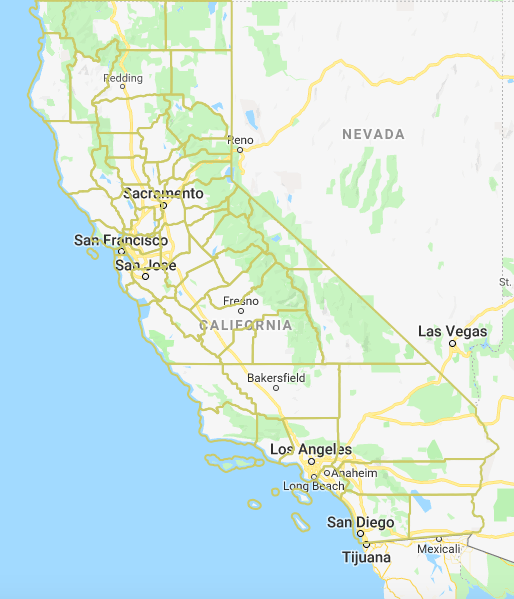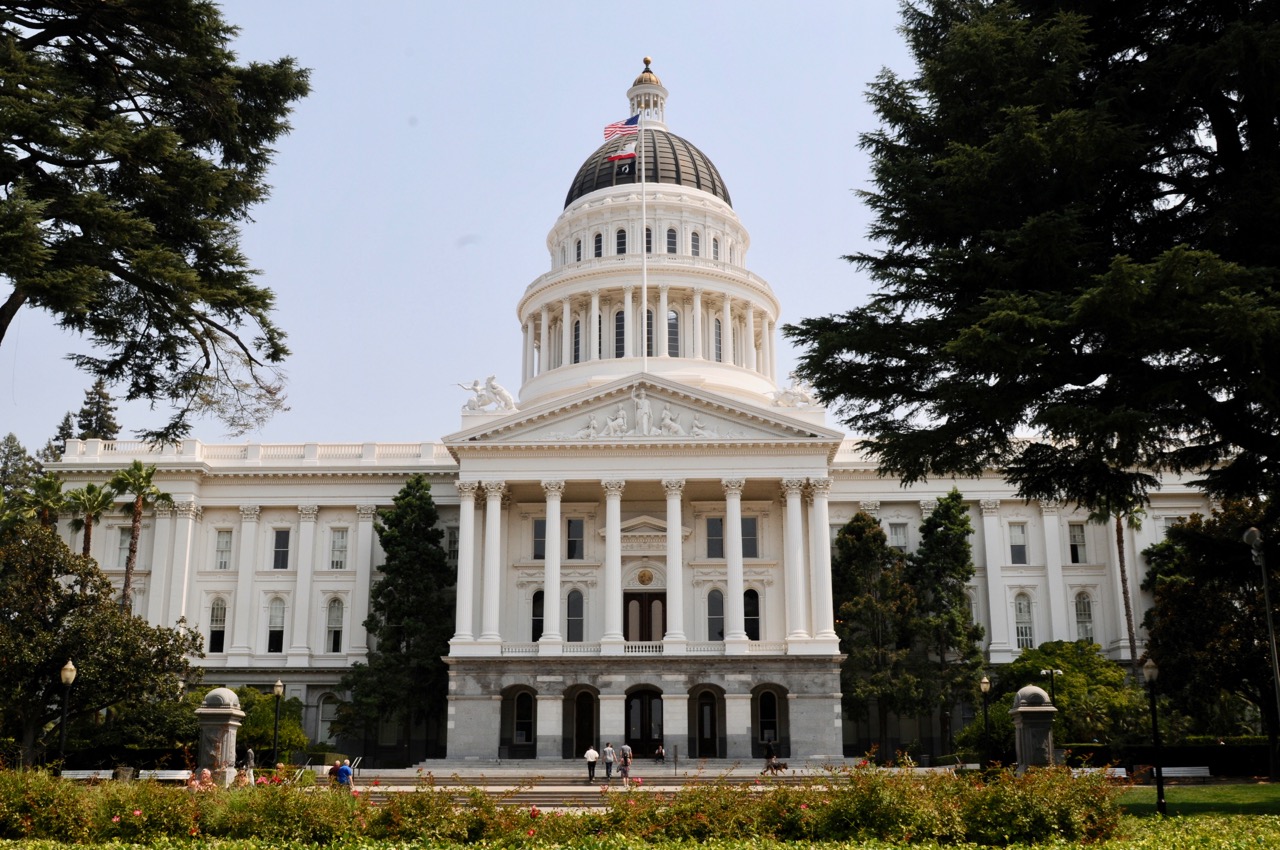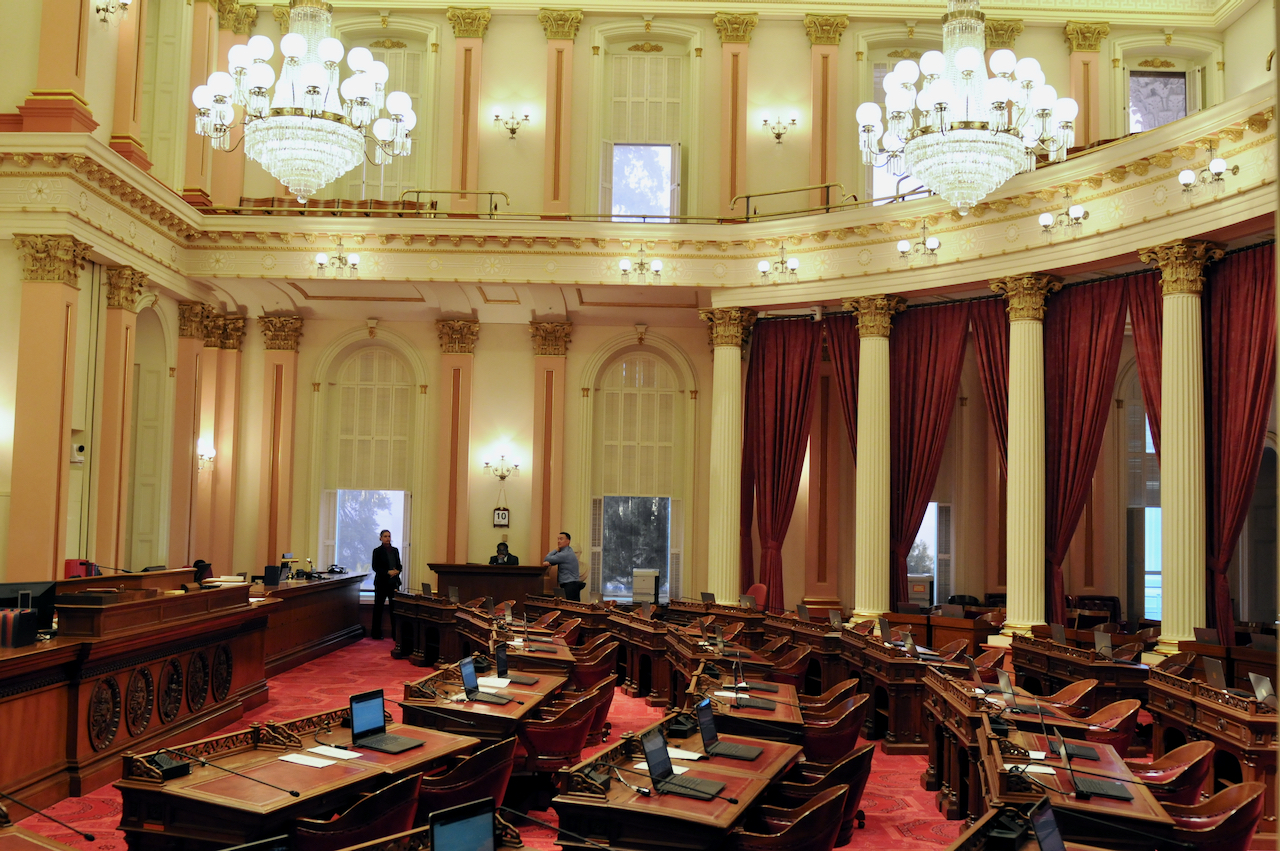
Map of California Special Districts (CSDA)
California’s 2,300 Special Districts
They are accountable to the voters
By Chris Micheli, May 3, 2019 2:10 am
As part of California’s local government structure, special districts are agencies that provide specialized services across the state. Special districts are created and governed by the local residents who vote to form them as local governmental entities. Each special district provides specified services for which it was created.
In general, special districts are governed by a board of directors who are either elected or appointed. Voters who establish such districts can also elect the board members. Those who are appointed are usually appointed by the elected city council members or boards of supervisors. Those governing boards adopt relevant policies that are carried out by the special districts.
Among the special districts in California, there are dependent and independent districts. Dependent districts are governed by a city council or county board of supervisors. Independent districts have a manager, similar to a city manager or county administrative officer.
The most common type of special district is the one focused on a single function, such as libraries, flood control, irrigation, or mosquito abatement. On the other hand, multi-function districts, such as community service districts, provide two or more services. The most common reason for a special district to be formed is due to the fact that the tax base is too low to fund all of the services that are demanded by a community.
These special districts are defined as “any agency of the state for the local performance of governmental or proprietary functions within limited boundaries.” These special districts provide specified services within a defined geographic area and they are most often single purpose districts without police powers.
Other special districts include regional boards whose members are appointed by city and county governments and those that are assessment districts, which have voting based upon the assessed value of the properties within the specified assessment district.
In addition, districts are determined to be enterprise (which means they operate as a business and are funded by user fees, such as those that provide water, power, waste, or transportation services) or non-enterprise (i.e., those which do not receive such funding). The most common enterprise special districts are utility districts and transit agencies.
According to the California Special Districts Association, there are about 2,300 independent special districts in this state. They are accountable to the voters who created the districts, as well as their customers to whom they provide valuable services. In addition, the State of California provides oversight of them, such as review of annual financial reports.
- Exemptions from Tax Withholding in California - July 23, 2024
- General Provisions of California’s Evidence Code - July 22, 2024
- Judicial Notice Under the California Evidence Code - July 21, 2024





One thought on “California’s 2,300 Special Districts”